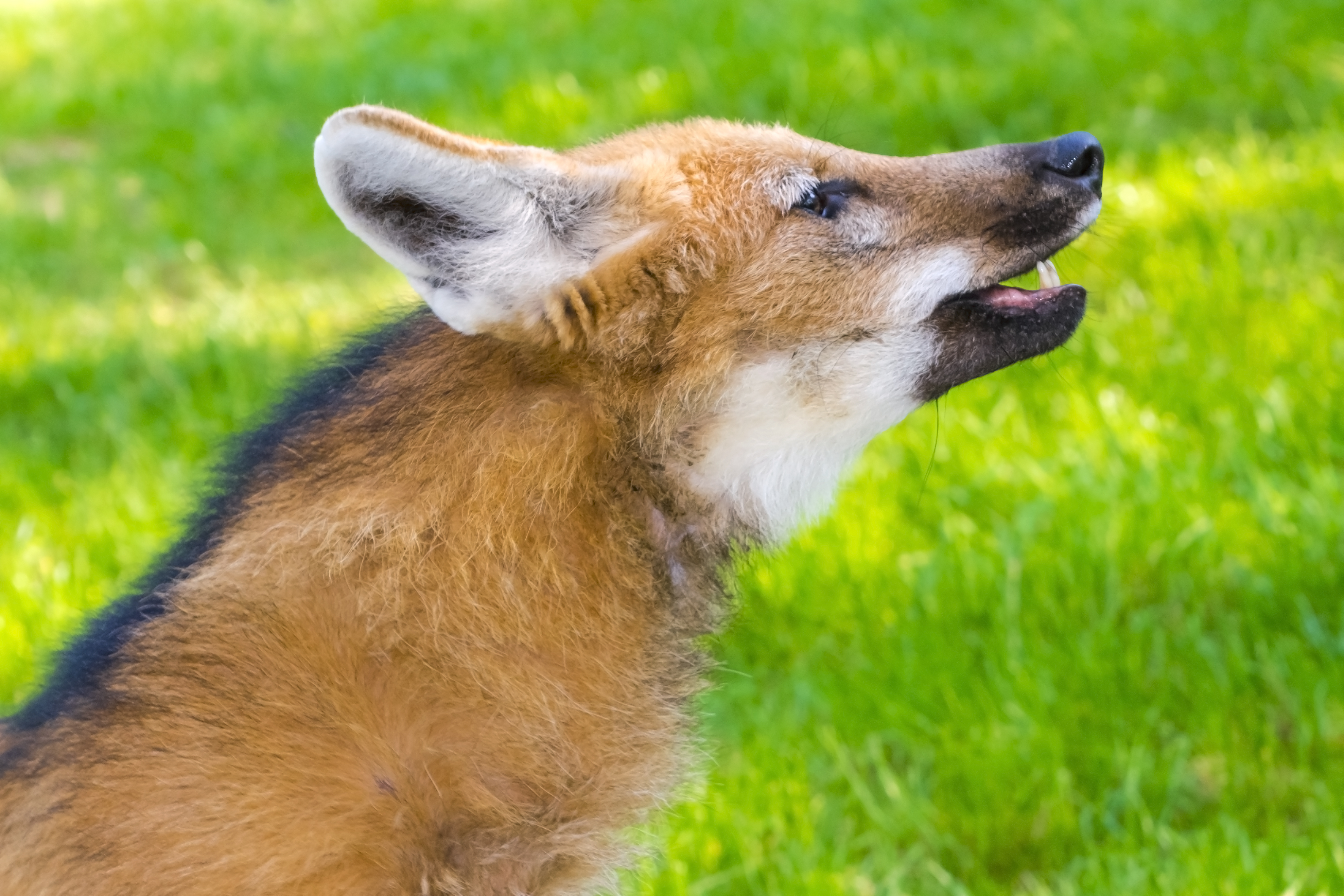Long legs, brown fur, big ears, and a bushy tail – the maned wolf (Chrysocyon brachyurus) looks remarkably like a fox, and you’d be forgiven for thinking it was a wolf as the name suggests. However, this remarkable creature is actually not closely related to either. So what exactly is a maned wolf, and what are they up to?
What is a maned wolf?
Maned wolves are the largest canid found in South America and the fourth largest canid in the world. They’re the only member of the genus Chrysocyon, according to the Smithsonian National Zoo and Conservation Biology Institute, making them a group all of their own. The maned wolf has long black legs, flowing red fur, and large ears. They get their name from a line of black fur that runs down their necks and backs. The scientific name Chrysocyon means “golden dog”.
Where do maned wolves live?
The IUCN lists the maned wolf as Near Threatened, with a population of 17,000 spread across central South America from Brazil, into Paraguay, Argentina, Bolivia, and Peru. They occur in a range of habitats, including grasslands and savannahs, and are known to be adapted to each environmental area, writes BBC Science Focus. They are under a main threat of habitat loss due to deforestation, as well as illegal hunting and road deaths.
How tall is a maned wolf?
The maned wolf weighs around 20-25 kilograms (50 pounds) and is about 90-100 centimeters tall (3 feet) at the shoulder, writes the World Wildlife Fund. They even have a handy graphic comparing the maned wolf with the sizes of other more well-known animals.

Maned wolves don’t howl; instead, they make loud barking noises.
Image credit: belizar/Shutterstock.com
What does a maned wolf eat?
Maned wolves are not fussy eaters, having an omnivorous diet of fruits, vegetables, and small mammals such as rodents, and sometimes insects. They eat small mammals like cuis, which are similar to wild guinea pigs, and will also take birds. They are also said to have a favorite food: the lobeira or “wolf’s plant”, a tomato-like fruit.
What noises does a maned wolf make?
Unlike their wolf namesakes, they don’t howl; instead, they are said to communicate with loud roaring barks, which helps warn other maned wolves away from their mates. They are mostly solitary, but come together during the breeding season for around a month.
Source Link: Meet The Maned Wolf: South America’s Largest Canid